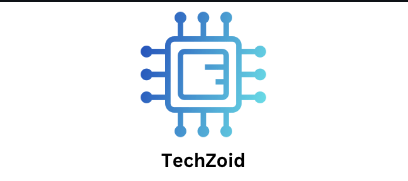Primary antibodies are what?
Primary antibodies are immunoglobulins that bind to an antigen—usually a protein, peptide, or other molecule—in a biological sample. Researchers and medics are looking for antigens. The target molecule can be identified properly and effectively depending on the main antibody’s specificity.
Primary antibodies are made by immunizing mice, rabbits, goats, or rats with the antigen. Animal immune systems develop antibodies against this antigen. Western blotting, immunohistochemistry (IHC), immunofluorescence (IF), and enzyme-linked immunosorbent assay employ these antibodies, which are collected and purified.
Organized and specific
Primary antibodies are Y-shaped like all antibodies. Both heavy and light chains have two antigen-binding sites at the tips of the “Y,” created by varying regions. These areas recognize antigen epitopes (binding sites). The constant region of the antibody determines its class or isotype and interacts with secondary antibodies.
Primary antibodies solely attach to their target antigen, not other proteins or compounds. Experiments need high specificity to avoid background noise and false findings.
Primary antibody types
Primary antibodies are classified by numerous factors:
Monoclonal vs. Polyclonal:
One immune cell clone produces monoclonal antibodies that detect one antigen epitope. Specificity and batch consistency are high.
Different immune cells create polyclonal antibodies that recognize various epitopes on the same antigen. They can identify targets in complicated samples and tolerate modest antigen changes better.
Primary antibodies originate from different host species. Avoiding cross-reactivity requires species consideration when choosing a secondary antibody. An anti-rabbit secondary antibody is needed to identify a rabbit-raised primary antibody.
Purification and Labeling: Primary antibodies may be labeled with enzymes, fluorophores, or biotin. Some unconjugated antibodies need a tagged secondary antibody to be seen.
Research and Diagnostics Applications
Modern life sciences require primary antibodies. Their capacity to identify proteins helps researchers examine protein expression, location, and function. Important uses include:
Western Blotting: Uses primary antibodies to detect proteins by size and presence.
Immunohistochemistry (IHC) can diagnose diseases by finding proteins in tissue slices using primary antibodies.
Immunofluorescence (IF): Labeled antibodies visualize cell or tissue proteins.
ELISA measures sample antigen concentrations for diagnosis.
Clinical diagnostic kits employ primary antibodies to identify biomarkers for cancer, viral, and autoimmune illnesses.
Conclusion
Primary antibodies are the foundation of immunological detection in research and clinical labs. Their capacity to attach to target antigens makes them useful for biological research and disease diagnostics. Understanding their structure, kinds, and uses helps researchers and doctors pick the best antibody for accurate and useful findings. As biotechnology advances, primary antibodies will be developed and refined, extending their scientific and medical applications.
